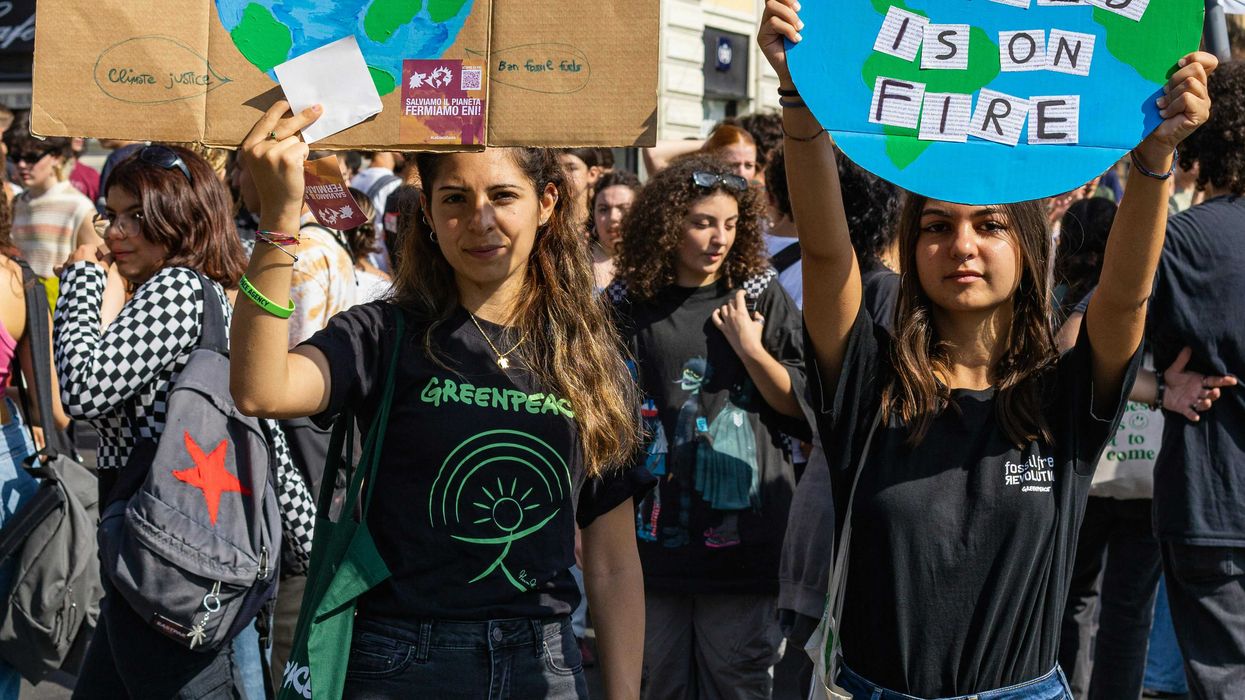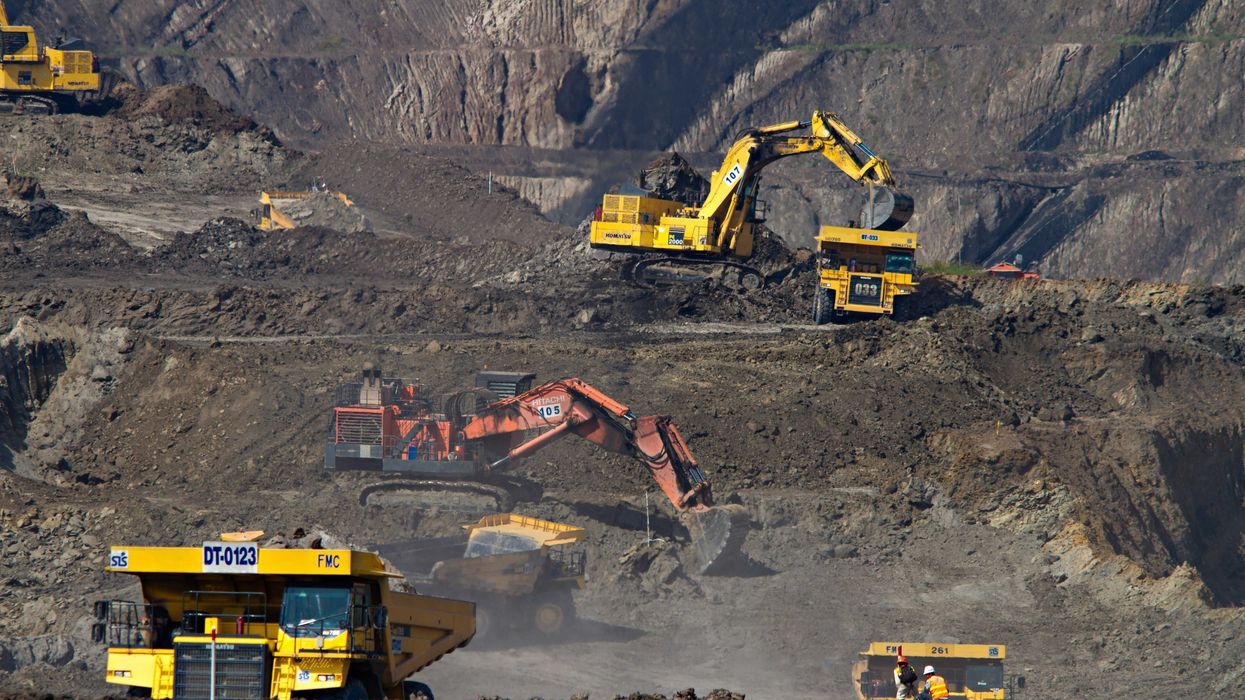A federal appeals court has reinstated a tribal lawsuit against the Interior Department over a massive transmission line project, saying the agency may have failed its legal duty to protect culturally significant sites in Arizona’s San Pedro Valley.
Susan Montoya Bryan reports for The Associated Press.
In short:
- The 9th Circuit Court of Appeals ruled that the U.S. Interior Department may have failed to properly consult Native tribes about the SunZia transmission project, ordering the case to be reconsidered.
- The Tohono O’odham Nation and other plaintiffs argue that proper consultation would have led to the San Pedro Valley receiving historic property designation, which might have altered the project’s approval.
- The SunZia line is a $10 billion conduit for wind power from New Mexico to California, promoted by the Biden administration and now under review during President Trump’s current term.
Key quote:
“The Tohono O’odham Nation supports clean, renewable energy — when it is done the right way. With the SunZia project, the federal government failed to work with tribes to protect our cultural resources as required by law.”
— Verlon Jose, chairman of the Tohono O’odham Nation
Why this matters:
Energy infrastructure projects are surging to meet rising electricity demand, but they often clash with environmental protections and tribal sovereignty. The SunZia project slices through a region long regarded as sacred by multiple Indigenous groups. While renewable energy is vital for decarbonizing the power grid, the push for “green” infrastructure is exposing a persistent blind spot: the failure to meaningfully include Native voices in federal planning. The law requires consultation, not just notification.
Related: U.S. Supreme Court allows Arizona copper mine on Apache sacred land to move forward














